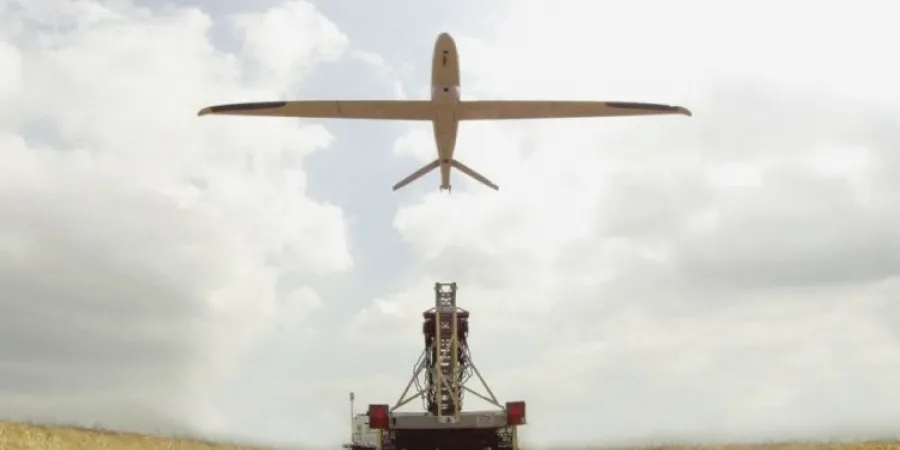IDF Confirms Skylark 3 UAVs will be Rolled Out at Brigade Level
The IDF is preparing to deploy Elbit's Skylark 3 platform in the near future, a development that will significantly expand its operational capabilities
Ami Rojkes Dombe
| 12/02/2017
The Israel Defense Forces' Skylark tactical unmanned aerial vehicle unit is preparing to deploy Elbit's Skylark 3 platform in the near future, a development that will significantly expand its operational capabilities, a senior military source has told Jane's.
When it was first unveiled in February 2016, Elbit said the new UAV had been selected by a customer that it declined to identify.
The Skylark 3 will be used to serve brigade commanders, the source said, while the Skylark 1s that the IDF has been using for six years will be now be used just at the battalion level.
"The number of personnel operating the newer platform is larger and can create continuous coverage through shifts," the source said. "They can sit at the brigade headquarters and provide an unlimited intelligence service for the brigade. Platforms will be in the air constantly."
The Skylark 3 is compatible with the ground-control stations used by the Skylark 1, he added, so it can share missions with the smaller UAV if necessary.
In summer, the Skylark 3 will for the first time take part in a range of IDF battalion, brigade, and division-level combat exercises, the source added.
Launched from a specialized towed launcher, the Skylark 3 weighs 50 kg and lands using a parachute and airbag, turning over before it lands to protect its payload.
Its endurance of seven hours and range of 30-40 km are significantly longer than the Skylark 1's 2.5 hours and 15 km. The resulting expansion in area coverage means a UAV can be transferred from one brigade sector to another during a single flight. "Our ability to investigate ground activities will be enhanced," the source said.
The source added that the imagery that comes from the Skylark 3's payload is "very clear" and represents a leap forward in the quality of visual intelligence quality.
The IDF is preparing to deploy Elbit's Skylark 3 platform in the near future, a development that will significantly expand its operational capabilities
The Israel Defense Forces' Skylark tactical unmanned aerial vehicle unit is preparing to deploy Elbit's Skylark 3 platform in the near future, a development that will significantly expand its operational capabilities, a senior military source has told Jane's.
When it was first unveiled in February 2016, Elbit said the new UAV had been selected by a customer that it declined to identify.
The Skylark 3 will be used to serve brigade commanders, the source said, while the Skylark 1s that the IDF has been using for six years will be now be used just at the battalion level.
"The number of personnel operating the newer platform is larger and can create continuous coverage through shifts," the source said. "They can sit at the brigade headquarters and provide an unlimited intelligence service for the brigade. Platforms will be in the air constantly."
The Skylark 3 is compatible with the ground-control stations used by the Skylark 1, he added, so it can share missions with the smaller UAV if necessary.
In summer, the Skylark 3 will for the first time take part in a range of IDF battalion, brigade, and division-level combat exercises, the source added.
Launched from a specialized towed launcher, the Skylark 3 weighs 50 kg and lands using a parachute and airbag, turning over before it lands to protect its payload.
Its endurance of seven hours and range of 30-40 km are significantly longer than the Skylark 1's 2.5 hours and 15 km. The resulting expansion in area coverage means a UAV can be transferred from one brigade sector to another during a single flight. "Our ability to investigate ground activities will be enhanced," the source said.
The source added that the imagery that comes from the Skylark 3's payload is "very clear" and represents a leap forward in the quality of visual intelligence quality.



